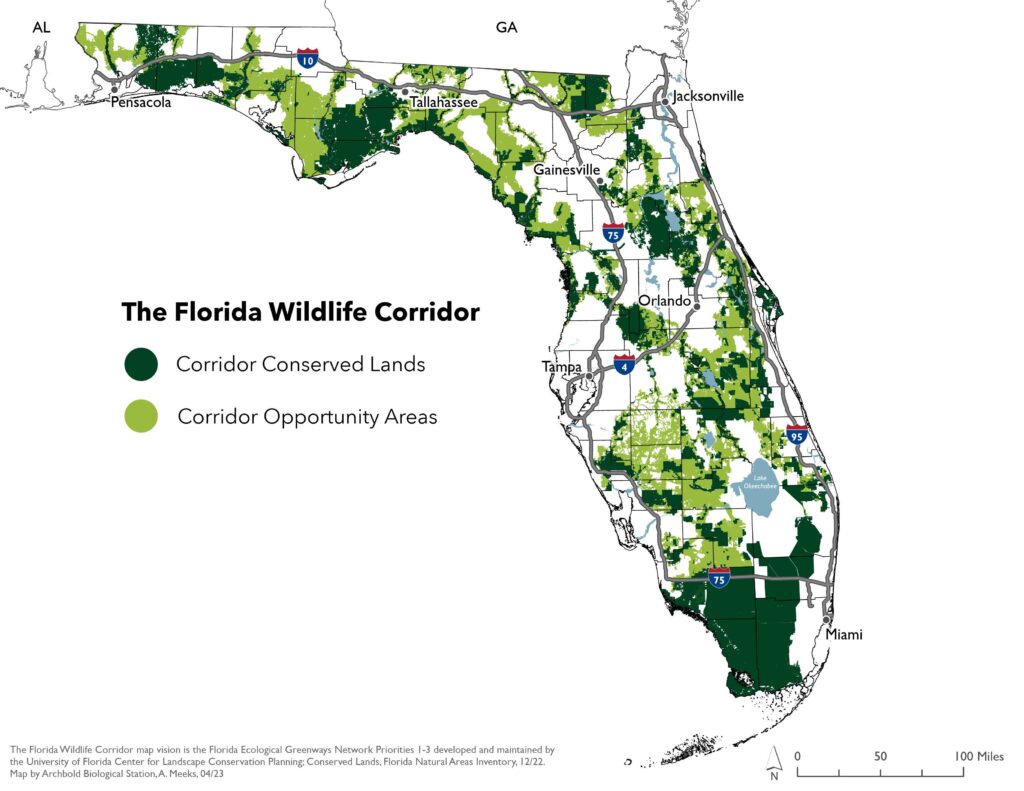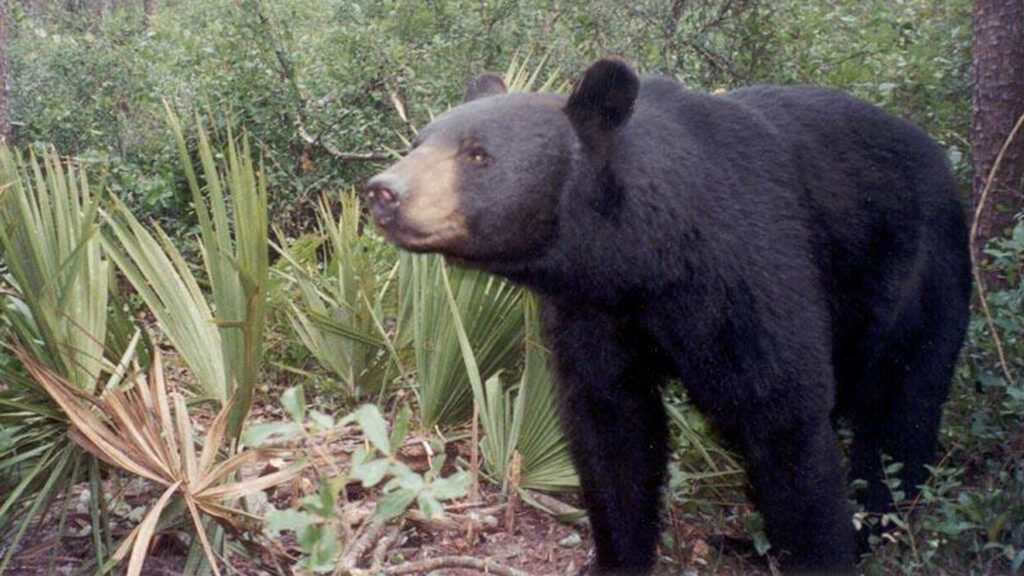The Florida Wildlife Corridor has been touted as a crucial way of protecting imperiled wildlife and providing other benefits such as mitigating climate change. But some Floridians might be unfamiliar with specifics about the Florida Wildlife Corridor.
Here are some quick facts from the Florida Wildlife Corridor Foundation (https://floridawildlifecorridor.org/):

- Inspired by the GPS movement of a black bear, a team of scientists, explorers and National Geographic photographer Carlton Ward Jr. began unveiling the vision of the Florida Wildlife Corridor.
- The Florida Legislature passed the Florida Wildlife Corridor Act of 2021 to formally recognize the contiguous geography of the Corridor.
- The Corridor covers nearly 18 million acres of Florida, consisting of conserved and opportunity lands.
- Conserved lands make up almost 10 million acres of the Corridor, with about 8 million considered “opportunity lands.”
- Conserved lands include the Ocala National Forest, Everglades National Park, Myakka River State Park and Apalachicola National Forest, among others.
- Opportunity lands refer to the land that is unprotected but still acknowledged as part of the corridor and sought to be conserved in the future.

- These lands are crucial to the survival of 131 of Florida’s imperiled fauna, including the Florida panther, gopher tortoise, manatee, burrowing owl and black bear.
- The Corridor protects 69 species of threatened or endangered plants vital to the state’s ecosystems, such as the scrub palm, Everglades bully and scrub ziziphus.
- Florida’s economy benefits from the Corridor through its protection of ranching, fishing and freshwater supplies.
- Conservation of these wild spaces helps mitigate climate change impacts such as reducing greenhouse gases and guarding ecosystems against increasing temperatures.
This piece was written by Megan Mascheri, a graduate research assistant for FAU’s Center for Environmental Studies, which manages The Invading Sea. The center is working with Archbold Biological Station on a report about the Florida Wildlife Corridor.
Sign up for The Invading Sea newsletter by visiting here. If you are interested in submitting an opinion piece to The Invading Sea, email Editor Nathan Crabbe at nc*****@*au.edu.



